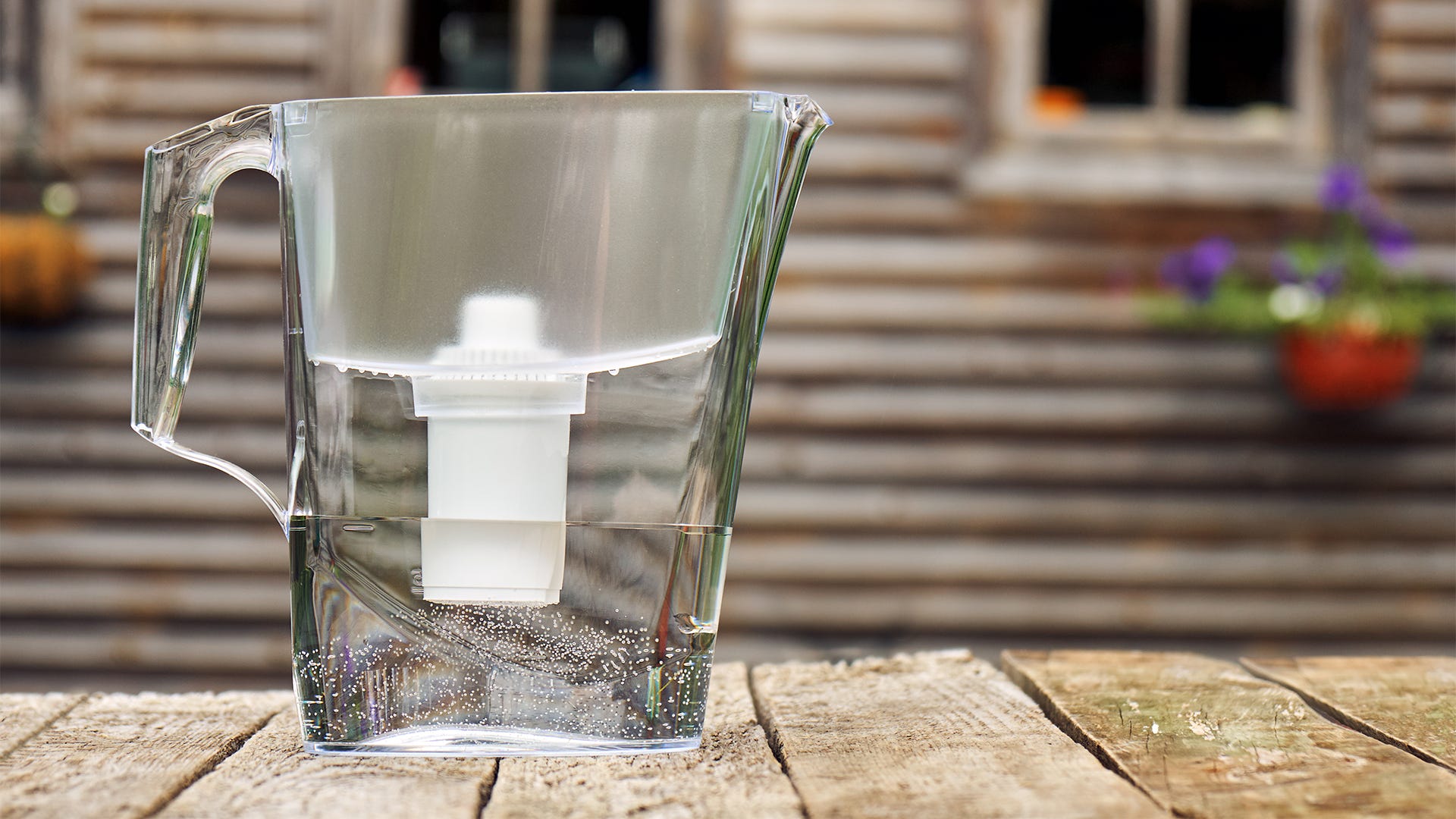
The difference between acceptable and exceptional indoor growing results is in the small details. These simple tweaks to your grow room don’t cost much (if anything) and can really pump up your plants’ performance.
Lighten Up
Get more light on your plants by lining your growing space with material that reflects. You can use sheets of aluminum foil or shiny Mylar sold for use in greenhouses, but the best deal might be those emergency blankets that come in car-safety kits or are handed out to finishers at the end of a marathon. They cost only a few bucks (if you’re a runner, you might get one for free!), they’re easy to hang on walls, and their substantial dimensions—typically 4 feet by 7 feet—mean you need only a few to cover an average-size grow room. By bouncing the light into dark corners and under shelves and benches, plants get better overall light exposure for more even growth and increased productivity. Tack up the blankets with double-sided carpet tape and prepare to be dazzled!
Air Freshener
A steady supply of carbon dioxide is essential to keeping plants growing vigorously, while a constant breeze helps minimize disease problems caused by stagnant air. Moving the air around inside the grow room also benefits plants by promoting sturdier, stocky growth and by helping evaporate lingering surface moisture that can give bacteria and fungi a foothold. Use inexpensive clip-on fans to direct gentle breezes under benches and into corners. Pick up a basic bathroom exhaust fan to pull stale air out of your grow room and bring in fresh air.
Shelf Space
Use vinyl-coated wire shelves—like the kind sold for use in laundry rooms—instead of solid-surface shelving in your grow room. Your plants will benefit from the greater airflow the open shelves allow, and the vinyl coating makes them easy to wipe clean.
Purer Water
Municipal water is often treated with chlorine, which can cause “burned” leaf tips and margins, yellowing foliage, split leaves, and stunted growth in your crops. Let the water you use in your grow room sit in open containers overnight to allow chlorine to dissipate before you use it on your plants. Even better, get a water pitcher with a built-in filter, which will remove even more additives and impurities.
Water your crop when the lights come on in the morning, so the plants have all the moisture they need while they are photosynthesizing. Stop watering no later than an hour and a half before the lights go out to prevent fungi and other problems that thrive in damp, dark conditions.
Nighttime Lows
Outdoor temperatures tend to be at least 10 to 15 degrees cooler when the sun goes down. This reduces stress on plants and allows them to focus their energy on growth. Mimic those conditions in your grow room by turning down the thermostat after the lights go out. Temperatures between 62 and 72 degrees Fahrenheit are ideal for the dark period. When the lights are on, 75 to 80 degrees Fahrenheit is optimal.



